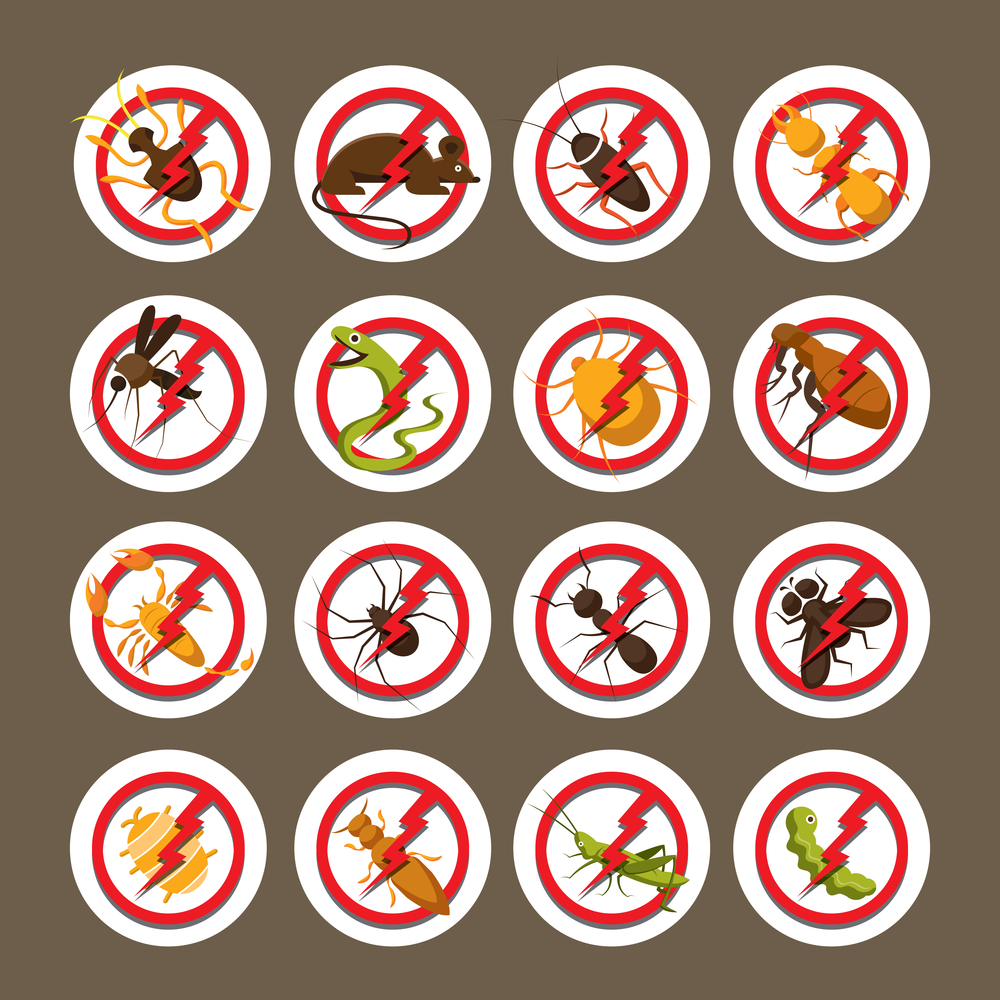In recent years, anorexia has been on the rise among young women. This article is meant to serve as a guide for anyone who might be struggling with an eating disorder or knows someone who is.
What is Anorexia?
Anorexia nervosa, commonly referred to as anorexia, is a potentially life-threatening eating disorder that is characterized by self-starvation and excessive weight loss. Anorexia nervosa typically develops during adolescence or young adulthood and affects both sexes, although it is more common among girls and women.Alsana in St. Louis People with anorexia nervosa have an intense fear of gaining weight and often see themselves as overweight, even when they are significantly underweight. As a result, people with anorexia nervosa restrict their food intake to the point of starvation in order to maintain a low body weight.
View this post on Instagram
Anorexia nervosa has two subtypes: restricting type and binge-eating/purging type. People with the restricting type of anorexia nervosa do not engage in binge-eating or purging behaviors (e.g., self-induced vomiting or misuse of laxatives). People with the binge-eating/purging type of anorexia nervosa engage in binge-eating and/or purging behaviors at least once a week.
People with anorexia nervosa often have distorted body image and see themselves as overweight even when they are significantly underweight. They may wear baggy clothes to hide their thinness and may avoid social situations where they feel they will be judged for their appearance. People with anorexia nervosa often have difficulty eating in front of others and may make excuses to avoid meals altogether.
Anorexia nervosa can
Types of Eating Disorders
Anorexia nervosa is the most commonly known type of eating disorder, but there are actually several different types of eating disorders that can cause serious health problems.
Bulimia nervosa is another common type of eating disorder. People with bulimia eat large amounts of food and then purge, or get rid of the food, by vomiting or using laxatives.
Binge-eating disorder is another type of eating disorder. People with binge-eating disorder eat large amounts of food in a short period of time and feel out of control during the binge. They may feel guilty or ashamed afterward.
Other types of eating disorders include purging disorder and avoidant/restrictive food intake disorder.Visit Alsana on Instagram Purging disorder is similar to bulimia nervosa, but people with purging disorder do not necessarily eat large amounts of food before purging. Avoidant/restrictive food intake disorder is characterized by avoiding certain foods or severely restricting food intake due to fear of weight gain, among other reasons.
Signs and Symptoms of Anorexia
There are a few different types of anorexia, each with their own set of signs and symptoms. Here are some of the most common:
• Restricting type: This is the most common type of anorexia. People with this type of anorexia severely restrict the amount of food they eat. They may also exercise excessively to burn off calories. Signs and symptoms include severe weight loss, preoccupation with food and weight, extreme thinness, and unhealthy behaviors such as bingeing and purging.
• Binge-eating/purging type: People with this type of anorexia engage in binge-eating episodes followed by purging behaviors such as self-induced vomiting or using laxatives. This can lead to electrolyte imbalances and other health problems. Signs and symptoms include purging after meals, using the bathroom frequently after eating, feeling out of control around food, and being obsessed with thoughts of food and weight.
If you or someone you know is showing any of these signs or symptoms, it’s important to seek professional help right away. Anorexia is a serious eating disorder that can have devastating consequences if left untreated.
Treatment for Eating Disorders
There are a number of different types of eating disorders, and each one requires a different approach to treatment. The most common eating disorders are anorexia nervosa, bulimia nervosa, and binge-eating disorder.
Anorexia nervosa is characterized by a severe restriction of food intake, leading to extreme weight loss. Treatment for anorexia typically involves a combination of individual therapy, group therapy, and medical intervention.
Bulimia nervosa is characterized by periods of binge-eating followed by purging through vomiting or the use of laxatives. Treatment for bulimia typically involves a combination of individual therapy and group therapy.
Binge-eating disorder is characterized by periods of uncontrolled overeating. Treatment for binge-eating disorder typically involves a combination of individual therapy, group therapy, and medical intervention.
How to Prevent Eating Disorders
There are many ways to prevent eating disorders, but the most important thing is to be aware of the warning signs. If you or someone you know begins to display any of the following behaviors, it’s important to seek professional help:
• Skipping meals or avoiding certain foods
• Making excuses not to eat
• Eating very little or only diet foods
• Exercising excessively
• Losing weight quickly or becoming obsessed with being thin
• Having negative thoughts about body image or food
• Withdrawing from friends and activities
If you suspect that you or someone you know has an eating disorder, the best thing to do is to talk to a doctor or mental health professional. They can provide a diagnosis and develop a treatment plan.
Conclusion
There are many different types of eating disorders, and each one requires its own specific treatment plan. If you think you or someone you know may be suffering from anorexia, it’s important to seek professional help as soon as possible. With the right support, people with anorexia can make a full recovery and go on to live happy, healthy lives.


